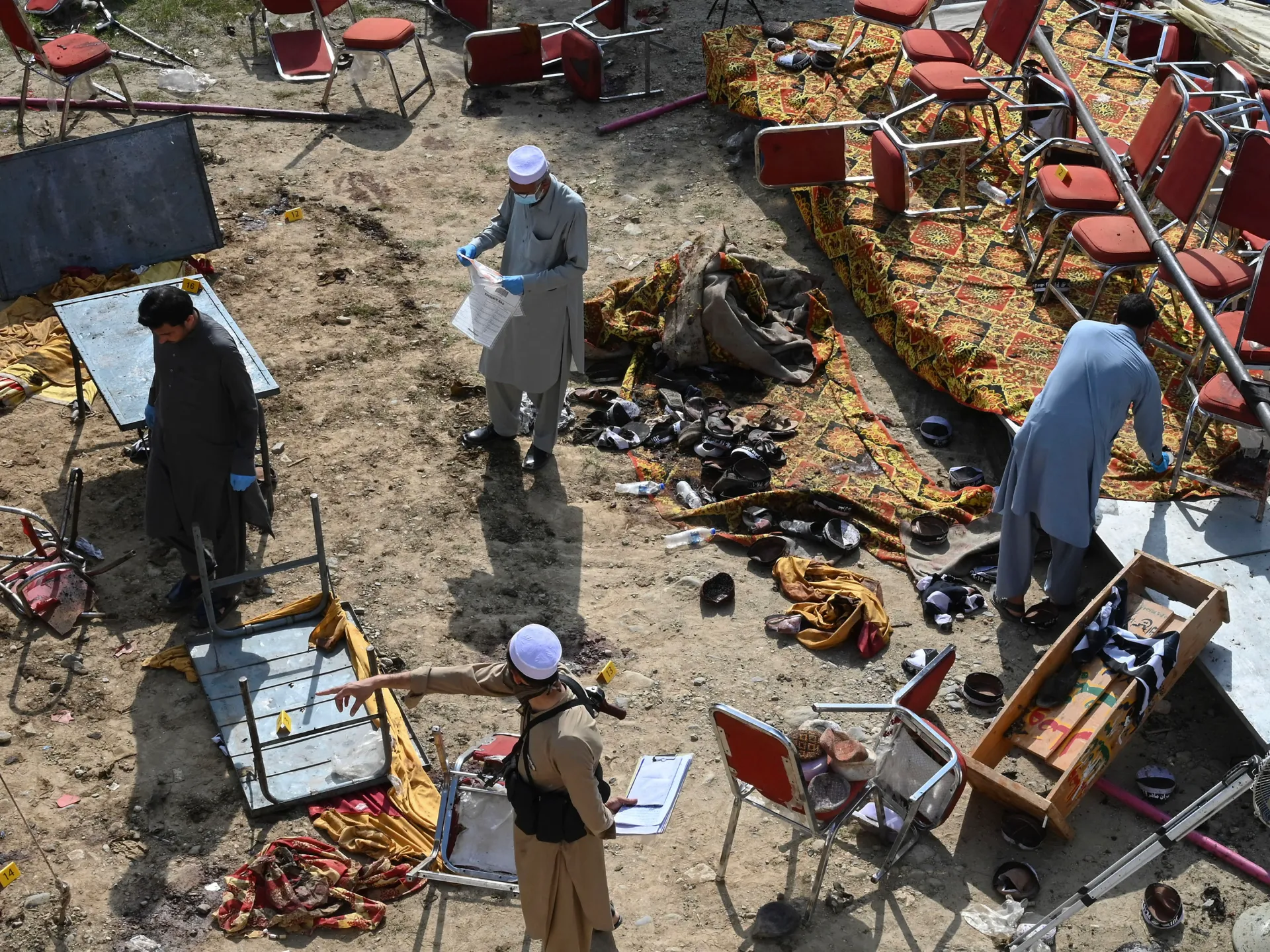ISLAMABAD: Pakistan has made a significant breakthrough in space technology with the development of its first indigenous satellite, Electro-Optical One (EO-1), by the Space and Upper Atmosphere Research Commission (SUPARCO), says in media reports.
The satellite is set to be launched into space on January 17, marking a historic achievement for the country.
The development underscores Pakistan’s growing expertise in Advanced Earth Space and Planetary Sciences (AESPS) and represents a leap forward in the nation’s self-reliance in space technology.
The launch of Electro-Optical One is expected to pave the way for further advancements in scientific research and national development.
A spokesperson for SUPARCO highlighted the advanced capabilities of the EO-1 satellite, stating that it will play a critical role in:
Also See: Chinese Satellites Aid Pakistan in Tracking Locust Invasions
Natural Disaster Response: Enhancing disaster management and providing timely assistance during emergencies.
Agriculture: Supporting agricultural planning and monitoring for improved yield and resource management. Urban Planning: Assisting in the development and management of urban areas. Natural Resource Monitoring: Improving oversight of the country’s natural resources to ensure sustainable utilization.
This news is sourced from Business Recorder and is intended for informational purposes only.

![The EO-1 satellite of SUPARCO, launching on January 17, marks a major milestone in Pakistan space technology development. [Representational Image via Business Recorder]](https://southasiatimes.org/wp-content/uploads/2025/01/678574a07ff08.webp)




